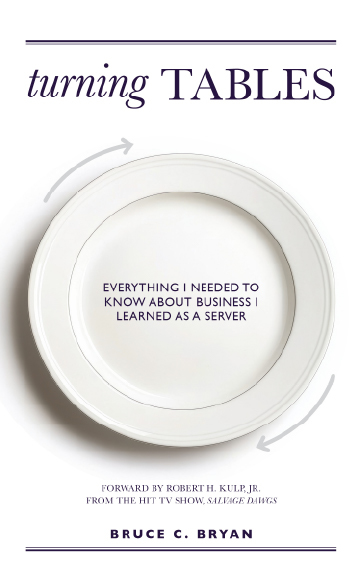Your business website is designed with your customer in mind. But have you also considered the possible jobhunters who will navigate your website?
If recruiting new employees is important to the success of your business, the first step is making a good first impression with the job candidates you’re hoping to engage. While it’s essential to attract and convert customers, creating a presence on your website specifically for jobseekers is just as important – especially since most candidates will research your company online before applying or reaching out with questions. If you have an open position at your business, here are five website features that will help fill your web forms with quality applicants.
Start With “Why”
Why does your business exist? It may seem like an unusual question, but your answer is one of the most powerful assets when attracting new talent. It’s the core of shaping every decision you make as a business leader, from hiring to strategy. The concept behind starting with “why” is simple: Applicants really care about why your business is needed and how it is impactful to see if their own values are compatible with yours. Statistics show that 79% of job seekers will consider a company’s mission statement before applying. To attract new employees, start with positioning yourself as a leader in your industry by providing your business’s mission and values on your website. This will help viewers establish a personal connection to your business, and drive applications.
Bring Your Company Culture to Life
Whether you’re a small-to-medium sized business, or one of many large corporations, your company culture is what makes it unique. For most organizations, your website serves as the “windows” through which visitors peek to see what your company is all about. Although being authentic is highly valued by job seekers and potential employees alike, you want to make sure your website represents your business in its truest form. Coming across as too casual, or overly polished and formal, can do more harm than good.
While there's a delicate balance between what your customers and applicants experience through your website, a dedicated company culture page can help target the right candidates. This is a great opportunity to give applicants a transparent look into what future employees can expect. If you’re not sure what to say online about this, an internal deep dive into how your company culture is working (or not working) may be the best first step.
Separate the Experience
Many company websites have a general “contact us” form, but do not have a specific landing page or email address for job candidates. When customers, partnering businesses, and job seekers are all using the same contact form, the data your website collects can be affected negatively. When job candidates need to contact your HR or recruiting team, having a separate experience on how they engage with your company will help to keep customer conversion data separate from job applicants. By creating a separate landing page or form for job inquiries, you’ll be able to gather more accurate data about the people reaching out to you, especially if they’re hunting for an open position at your company.
Simplify the Application Process
According to CareerBuilder, 60 percent of job seekers stop filling out online applications due to their length or complexity. Think about ways you can make the online application process easier for users. Consider including an option for users to save unfinished application forms for later. It is also helpful to offer more than one way to apply, whether it’s on a specific landing page on your website, through a third-party network (like LinkedIn), or in person, etc. The overall goal is to attract and engage job candidates. Making sure their on-line application experience goes well, adds to the success of your recruitment process.
Regularly Update Content
It’s important to update content frequently enough so it’s still relevant, but not so often that you overwhelm candidates (or yourself). Typically, hiring managers will recommend having three to four key pieces of information on your website at any given time—this way people can quickly learn about your company’s open position, and apply for the job easily and efficiently. Having too much information on your website can actually deter candidates from applying because they may be overwhelmed by how complicated it seems to apply for a job. Keeping things simple is always key when trying to attract new talent!
Eager to learn how you can make improvements to your website to attract new talent? Let’s talk!








